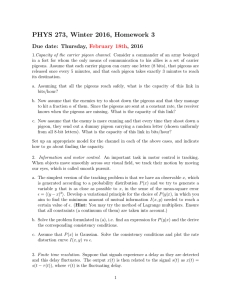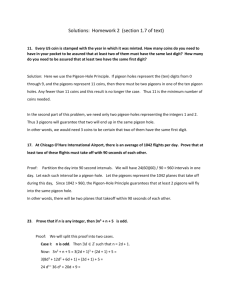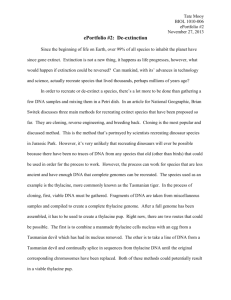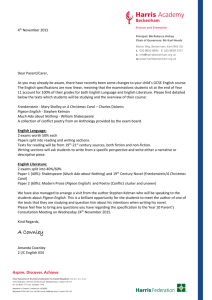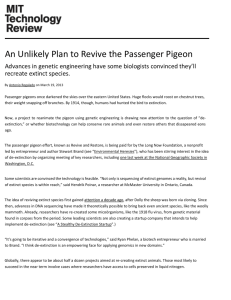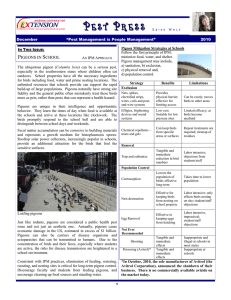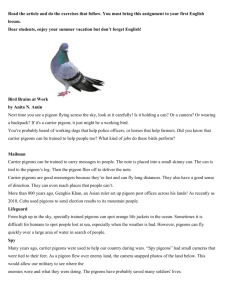Pigeon DNA gives up fancy secrets
advertisement
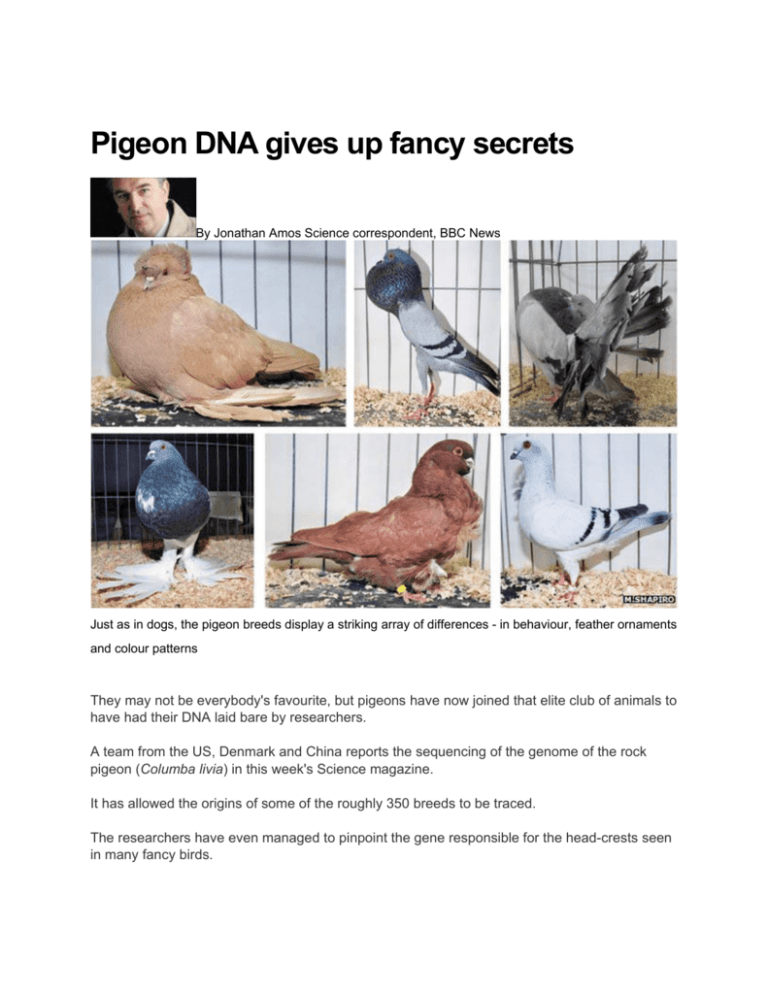
Pigeon DNA gives up fancy secrets By Jonathan Amos Science correspondent, BBC News Just as in dogs, the pigeon breeds display a striking array of differences - in behaviour, feather ornaments and colour patterns They may not be everybody's favourite, but pigeons have now joined that elite club of animals to have had their DNA laid bare by researchers. A team from the US, Denmark and China reports the sequencing of the genome of the rock pigeon (Columba livia) in this week's Science magazine. It has allowed the origins of some of the roughly 350 breeds to be traced. The researchers have even managed to pinpoint the gene responsible for the head-crests seen in many fancy birds. This gene, known as EphB2, controls whether the head and neck feathers on a bird turn upwards to create the ostentatious displays or downwards to maintain a line of smooth plumage. It is a single mutation, or error, in EphB2 that turns the crest on. By analysing the DNA around the gene, the scientists have been able to show this feather feature, much prized by pigeon "fanciers", to have evolved just the once. It was then spread through the various bird populations by breeders who wanted to see it in their own animals. Human insights Some might question the relevance of delving into the DNA of pigeons. It is fair to say the feral birds that congregate in city centres have somewhat smeared the reputation of Columba livia in the eyes of many people. But Dr Mike Shapiro says the pigeon may lead us to some very useful information about ourselves. Old Dutch capuchine: More than 80 breeds of rock pigeon have head crests "Just about all animals use the same toolkit of genes to build their bodies and to control similar processes during development," the University of Utah, Salt Lake City, researcher explained. "By understanding how these processes work in other animals, we can in turn learn more about normal and abnormal variation in humans as well. If you take the gene we identified, this EphB2 gene - this is a gene that has also been implicated in particular types of cancers. It may also have a role in the progression of Alzheimer's disease," he told BBC News. The attraction of pigeon genetics mirrors that of dogs. In both cases, domestication and selective breeding have produced huge numbers of different breeds - each with a distinctive physique, colour and even behaviour. These discrete populations give scientists the opportunity to compare and contrast the genetics of the different groups, making it easier to find the causes of specific traits. To read the full DNA sequence of the pigeon, the researchers used a male bird from the Danish Tumbler breed. This work, undertaken at the Beijing Genomics Institute and the University of Copenhagen, was then supplemented by the more limited sequencing of over 30 other breeds and even some feral birds - those unpopular city pigeons. Great escape From this endeavour, it was found that Columba livia's DNA holds about 17,300 genes - the codes used by cells to implement the biochemistry needed to build and maintain the animal's body. As well as the EphB2 phenomenon, the analysis threw up some important observations about the histories of the different breeds. It confirms most of them come from the Middle East. It is clear also that there has been a big exchange of pigeons between the Middle East and South Asia, and India in particular - the likely consequence of historic trading connections between the two regions. And, the researchers show unambiguously how escaped racing pigeons have bolstered the populations of feral birds. Shapiro's group compared the sequences of a pigeon taken from an overpass in Utah and another bird living by a lake in Virginia. Despite being separated by thousands of kilometres, these animals were genetically very similar to each other and to the classic racing homer breed. "Breeders tell us that not all of their birds come back from every race, and so these are the birds with the greatest potential to escape and contribute to the free-living population," Dr Shapiro said. "And at least in the sites we sampled, here in Salt Lake City as well as a site in Virginia, this appears to be the case - that the feral pigeons bear a very strong genetic resemblance to racing homing pigeons." Jonathan.Amos-INTERNET@bbc.co.uk and follow me on Twitter: @BBCAmos http://www.bbc.co.uk/news/science‐environment‐21279422
